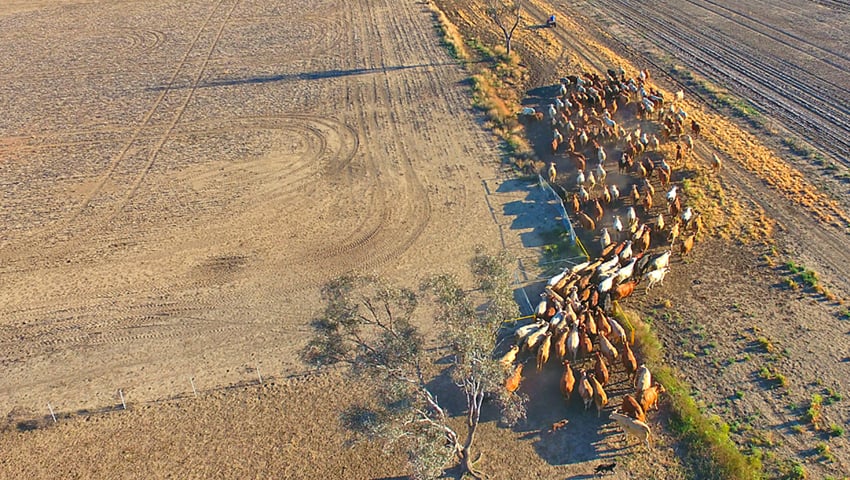The European Union agricultural sector now loses more than €28 billion a year, on average, as a result of adverse weather such as droughts, but the EU can do more to reduce such business risks, including by expanding farm insurance, according to a groundbreaking study.
The analysis, published jointly by the European Investment Bank (EIB) and the European Commission, says that worsening climate change threatens to increase EU agricultural average annual losses as much as 66 per cent by 2050, and urges a stronger EU risk-management system for the sector.
Only 20 to 30 per cent of climate-induced farm losses in the EU are insured through public, private or mutual systems including those supported by Europe’s Common Agricultural Policy (CAP). Insurance coverage backed by public funding is often more effective than government compensation programmes, according to the study.
European Investment Bank Vice-President, Gelsomina Vigliotti, said, “Climate-related risks are an increasing source of uncertainty for food production. Mitigating these risks through insurance and de-risking mechanisms is essential to support the investments of European farmers. The findings of this analysis will guide our future action as we step up support to bolster the resilience of the EU’s agricultural system.”
The EIB Group to date has supported the EU farm industry in three main ways. One is loans and guarantees to agricultural businesses or equity stakes in them. The second is the financing of rural infrastructure such as irrigation and roads. The third is advice to public authorities and financial institutions on how EU farm grants can be used to attract funding from other sources and to limit risks included those related to climate.
Commissioner for agriculture and food, Christophe Hansen, said, “Climate change and its consequences could restrict farmers’ access to finance, as banks could become even more reluctant to take risks than they are today. The study we are publishing today with the EIB shows that only 20 to 30 per cent of climate-related losses are insured by public, private or mutual systems. We need to do something to cover the remaining losses.
“I encourage all Member States to assess and launch new financial instruments under their CAP Strategic Plans, to better prevent climate risks in the agricultural sector. I also welcome the work of the EIB Group, which is playing a key role in mobilising capital to ensure the long-term resilience of the EU’s agri-food sector.”
The new study is the first-of-its-kind analysis of agriculture-insurance schemes across the EU.
It was commissioned by the Commission’s Directorate-General for Agriculture and carried out by EIB Advisory, under the fi-compass platform, with the support of the global insurance intermediary group Howden.
Publication of the report coincides with an EIB-Commission conference in Brussels on Insurance and access to finance for farm resilience and adaptation in the EU.
Across the 27-nation EU, climate-induced losses for the agricultural sector average €28.3 billion a year, according to the study. That’s around 6 per cent of annual EU crop and livestock production.
Global warming threatens to cause greater volatility in EU agricultural yields and more instability in European farm incomes, with projected losses rising between 42 per cent and 66 per cent by mid-century, according to the report.
It examines the broad impact of weather on agriculture and explores options for expanding farm insurance in Europe and for encouraging the sector to reduce risks through climate adaptation.
Main recommendations in the report include:
- To limit economic shocks for farmers, the EU should pursue risk-transfer measures including catastrophe bonds and public-private reinsurance arrangements
- The EU should provide rapid-response funding when disasters occur
- The sector as a whole should take more adaptation steps because, even with improved insurance coverage, they are critical for countering future climate risks
Read the report, Insurance and Risk Management Tools for Agriculture in the EU
